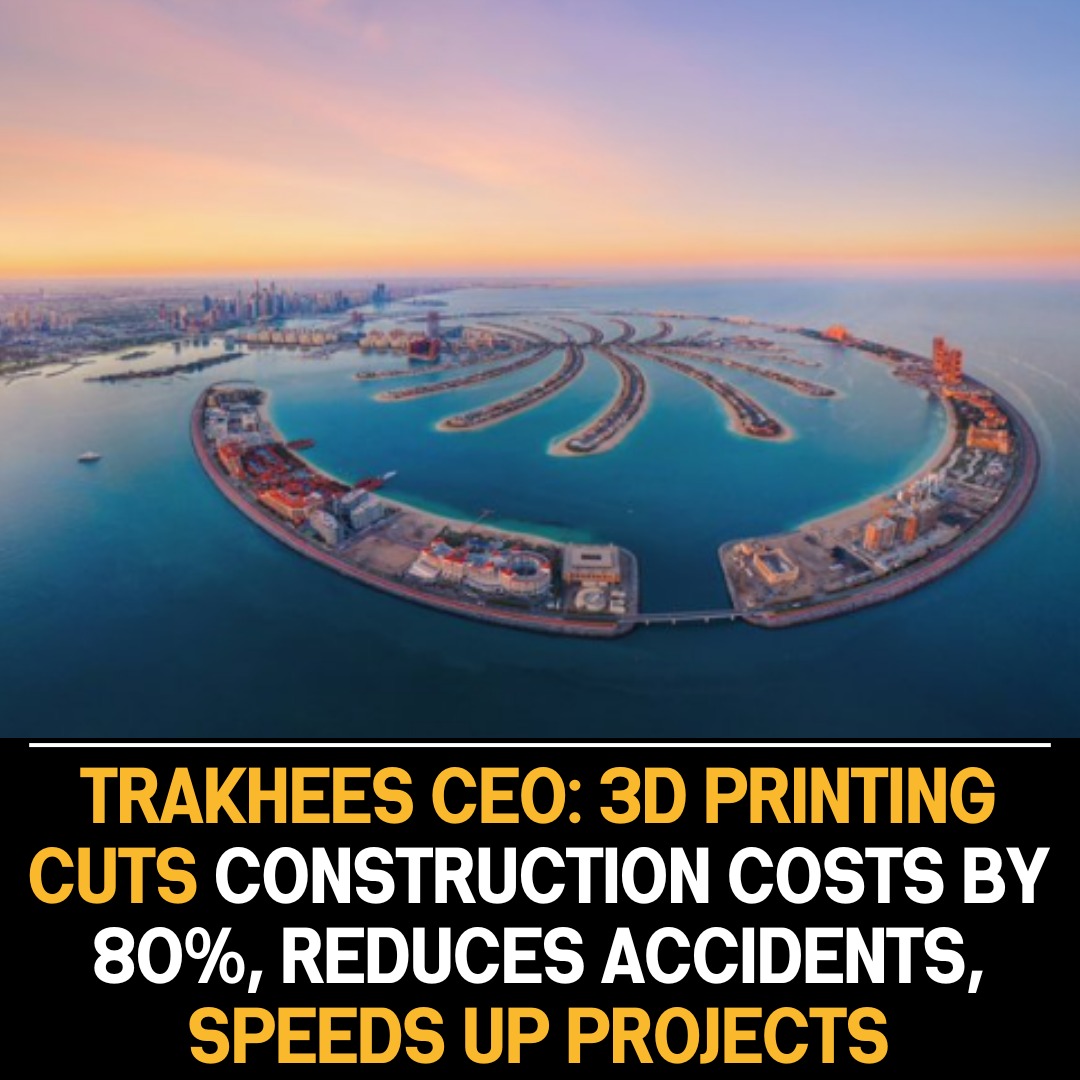In a groundbreaking revelation, Abdullah Belhoul, the CEO of Trakhees, has underscored the transformative impact of 3D printing on the construction industry. According to Belhoul, this innovative technology has the potential to revolutionize the sector by significantly reducing labor costs, enhancing safety measures, and accelerating project timelines.
Belhoul emphasized that 3D printing presents a game-changing solution for the construction industry, particularly in terms of cost efficiency. With an astonishing 80% reduction in construction labor costs, this technology stands out as a formidable disruptor, offering a more economical approach to building infrastructure. The ability to streamline processes and minimize the need for extensive manual labor positions 3D printing as a key player in cost-effective construction methodologies.
Beyond cost savings, the adoption of 3D printing in construction addresses safety concerns prevalent in the industry. By minimizing the reliance on traditional construction methods involving heavy machinery and intricate manual labor, the technology inherently reduces the risk of accidents. This shift towards a safer working environment aligns with the industry’s ongoing commitment to prioritizing the well-being of workers and minimizing occupational hazards.
The acceleration of project timelines represents another noteworthy benefit of integrating 3D printing into construction practices. Traditional construction methods often face delays due to factors such as weather conditions, labor shortages, and unforeseen challenges. 3D printing’s precision and efficiency mitigate these issues, allowing for faster project completion. This acceleration not only enhances overall productivity but also enables timely delivery of critical infrastructure.
Belhoul’s advocacy for 3D printing aligns with a broader industry trend towards embracing innovative technologies to address longstanding challenges. The construction sector, historically resistant to change, is now recognizing the potential of technological advancements to reshape its landscape. As more entities explore and adopt 3D printing, the industry is poised to undergo a paradigm shift, embracing a more efficient, cost-effective, and safer approach to construction.
In conclusion, Abdullah Belhoul’s insights shed light on the multifaceted benefits of 3D printing in the construction industry. The remarkable reduction in labor costs, improved safety measures, and accelerated project timelines position 3D printing as a transformative force. As the construction sector embraces this innovative technology, it is poised to redefine traditional practices, ushering in a new era of efficiency and sustainability in building infrastructure.









